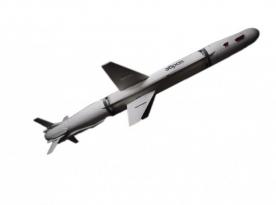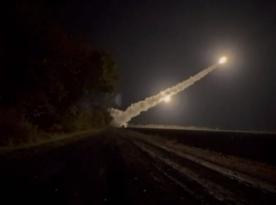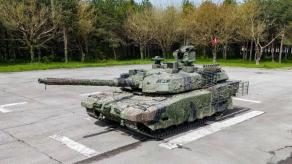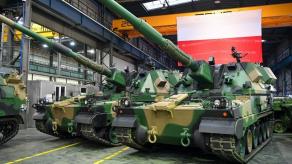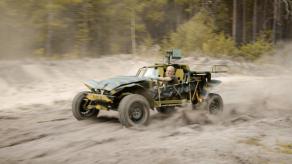The Armed Forces of Ukraine have started using heavy infantry fighting vehicles made of T-64 tank chassis, as we can see from several recent photos. The T-64 turret was taken off, the hull was reinforced with passive and reactive armor.
The armament of this vehicle is an NSVT machine gun in a remotely controlled combat module, the capacity of the landing compartment is unknown. Most likely, this vehicle was created out of a damaged T-64 that could not be repaired.
Read more: What is the Point of Adding Reactive Armor on Leopard 2A4: Who Made This Before and What the Conclusion Was

The location of the engine and transmission system is the same, in the rear – not the best choice for an IFV, yet it allowed to make things work without reworking the vehicle completely.
Here we should note that the idea of making combat vehicles for infantry out of T-64 and other tanks was born in Ukraine long before the all-out war. The country's Kharkiv Armor Plant offered a project of the BMPV-64 vehicle: a full-fledged concept with heavier guns and complete reforging of the configuration where the engine was in the front.
But precisely the location of the engine in front with drawback issues like cooling system, weight distribution, poorly explained concept of combat application and deficit of funding effectively killed the project by 2016.

As for the concept of application, it is fair to say an IFV based on a tank is rather exotic. The first example to come to mind would be the Israeli 63.5-ton Namer IFV, it was made out of Merkava Mk IV main battle tank and is considered to be armored even tighter than the base vehicle.
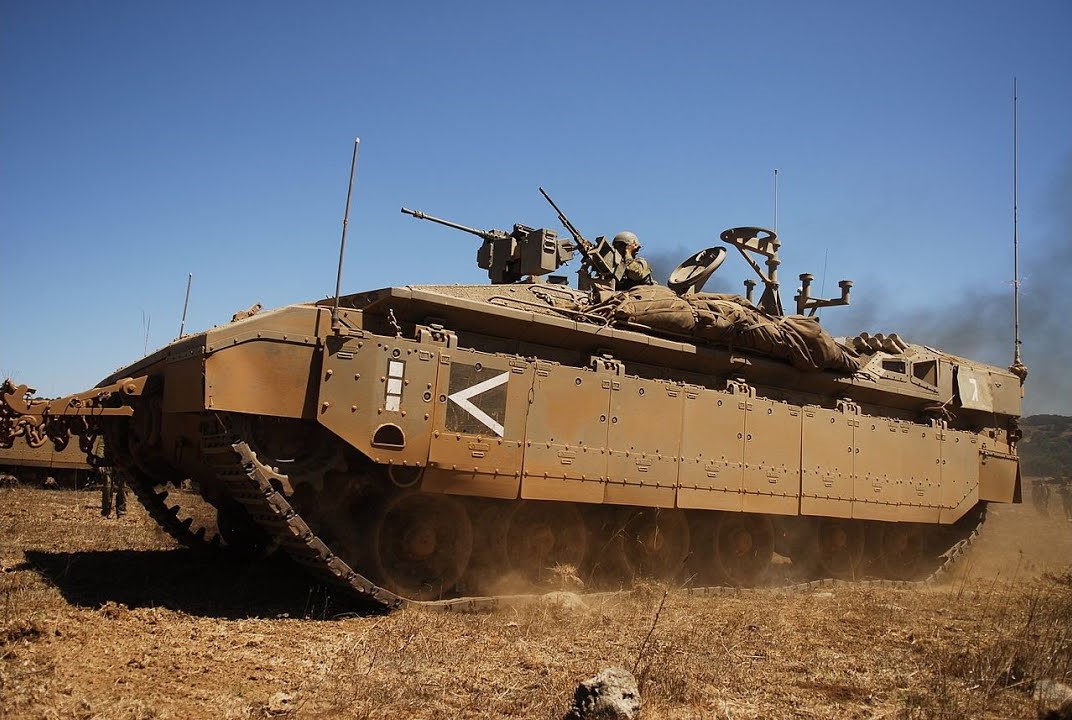
Although before this one, the Israeli Army already had adopted another combat vehicle named Achzarit. It was created out of captured T-54 and T-55 tanks, the first prototypes started coming in service in the late 1980s.
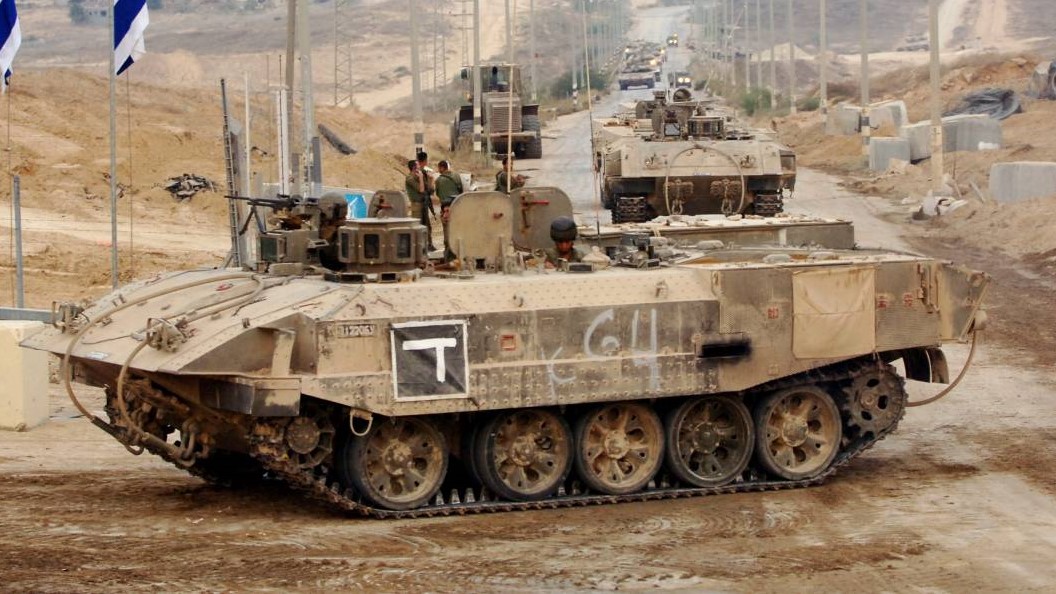
The Israeli military did not change the layout, just replaced the original engine with a smaller one from Detroit Diesel and applied a transmission from Allison that allowed for a corridor on the right side. The decision to make the hydraulic rear door open upward was interesting, as it increased the height of the passage.

Worth noting, the heaviest weapon on this vehicle was a machine gun because its primary task was to only deliver soldiers on the battlefield with more safety than an ordinary IVF or APC could provide. That's why the Achzarit and Namer are basically tracked armored personnel carriers. Achzarit, in turn, is not even suitable for a long distance run with paratroopers due to its configuration and stiff suspension, instead it's better for short "taxi missions" for transporting soldiers between allied and enemy frontline positions.
However, the need for such vehicles emerged in Israel in an evolutionary way. In any other case, the idea meets reasonable skepticism because here we talk an IFV with a tank's weight, a tank's operational mobility and a tank engine's appetite. But apparently, real war conditions create the demand for an armored carrier for a short "pounce" under allied tank cover.
On a side note, as soon as the photos of similar vehicles in the ranks of the Ukrainian army appeared, people on social media started suggesting that something heavier than a machine gun would be better. But the thing is, the role of this vehicle is only to transport the landing squad for a short distance, not fight alongside it. It is important because installing a proper 30mm IFV main gun would decrease the capacity of the landing compartment and significantly increase the weight.
At the same time, the fire support weapon could be upgraded indeed, for instance, replaced by a light combat module with an automatic grenade launcher and a machine gun, modern sighting systems. But this is an idea to consider in a longer term perspective.
Read more: russia’s T-55 tanks Reached the Front Line: How Long Did it Take and What Does it Mean





